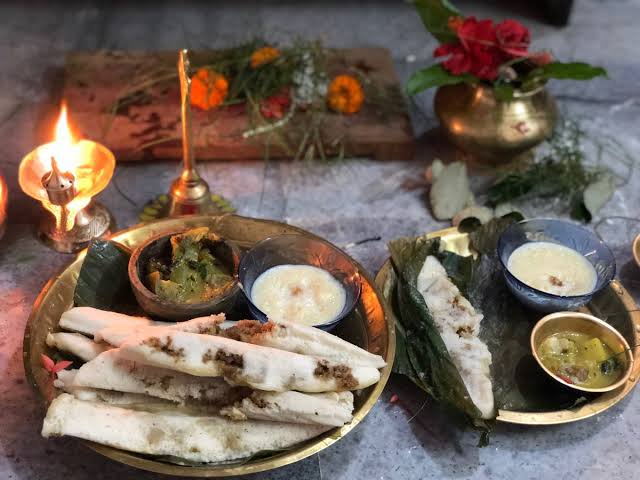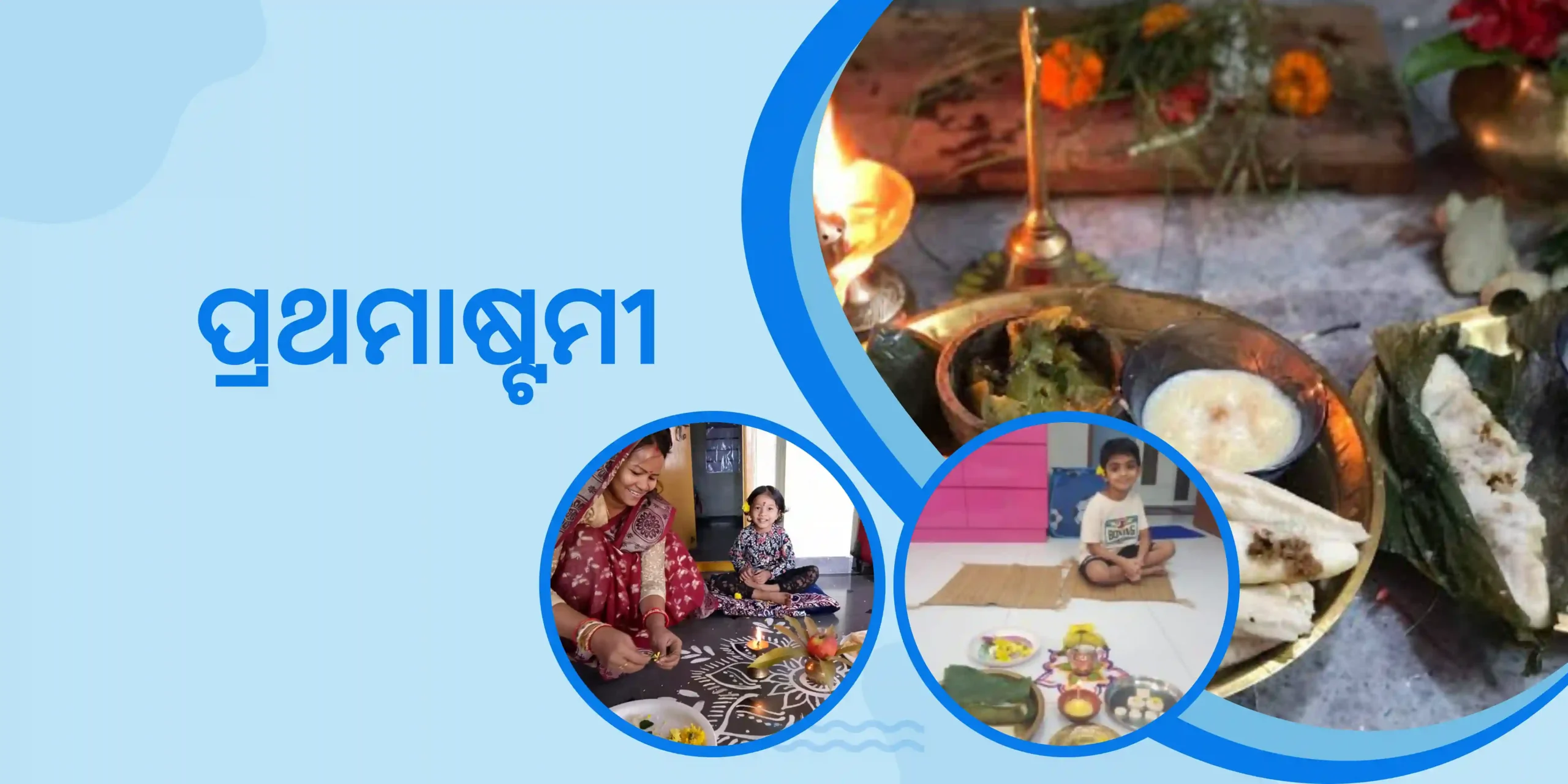Prathamastami
Prathamastami is a Hindu festival observed in the Indian state of Odisha, usually in the month of Margasira (November-December). It is dedicated to Goddess Sathi and is celebrated on the eighth day (Ashtami) of the lunar fortnight. The day is significant for mothers and their firstborn sons, as special rituals and prayers are performed to invoke blessings for the well-being of the eldest child.Rooted in ancient traditions, this festival beautifully blends spirituality, family bonds, and cultural richness. In this article, we delve into the essence of Prathamastami, exploring its rituals, cultural nuances, and the heartfelt celebrations that make it a unique and revered occasion.
The Significance of Prathamastami
Prathamastami falls on the eighth day (Ashtami) of the lunar fortnight in the month of Margasira, typically aligning with November-December. This auspicious day is dedicated to Goddess Sathi, and the primary focus is on invoking blessings for the well-being and longevity of the firstborn son.
Why Prathamastami is Celebrated in Odisha?
Prathamastami, a beloved Odisha festival, celebrates the well-being of the firstborn. Families pray for the child’s prosperity and long life, seeking protection from all evils. The eldest child is honored with new clothes, signifying care and affection. The festive touch extends to the delightful enduri pitha, a special sweet dish prepared with love. This occasion unites families, fostering joy and togetherness. In essence, Prathamastami is a heartfelt celebration, symbolizing hope, familial bonds, and the wish for a bright and prosperous future for the cherished firstborn.
Rituals and Traditions
The day begins with mothers observing a strict fast until midnight, offering prayers to Goddess Sathi for the prosperity and health of their eldest child. As the clock strikes twelve, a grand ceremony unfolds. The mother ceremoniously feeds her firstborn a specially prepared mixture of puffed rice and molasses, known as ‘Enduri Pitha,’ symbolizing a prayer for the child’s long and prosperous life.

The Role of ‘Mana’
One distinctive aspect of Prathamastami is the ritual known as ‘Mana.’ Mothers draw a sacred ‘Mana’ or small triangular structure on the floor using traditional rice paste. It is believed that this ritual wards off evil and brings divine protection to the household.
Cultural Extravaganza
Prathamastami extends beyond religious rituals to encompass a vibrant cultural celebration. Families come together, adorning traditional attire, and partake in festivities that include music, dance, and traditional Odia cuisine. The air is filled with joy as households illuminate with diyas and decorations, creating a mesmerizing spectacle.
Capturing the Spirit
The heart of Prathamastami lies in the emotional connection between mothers and their firstborn sons. The festival serves as a beautiful reminder of the cherished bond shared between parent and child, reinforcing family values and traditions.
Conclusion
Prathamastami, with its blend of spirituality, tradition, and cultural richness, stands as a testament to the deep-rooted customs that define the tapestry of Indian festivals. As families come together to celebrate the blessings of motherhood and the prosperity of their firstborn sons, Prathamastami remains an enduring symbol of love, devotion, and the timeless beauty of traditions passed down through generations.

